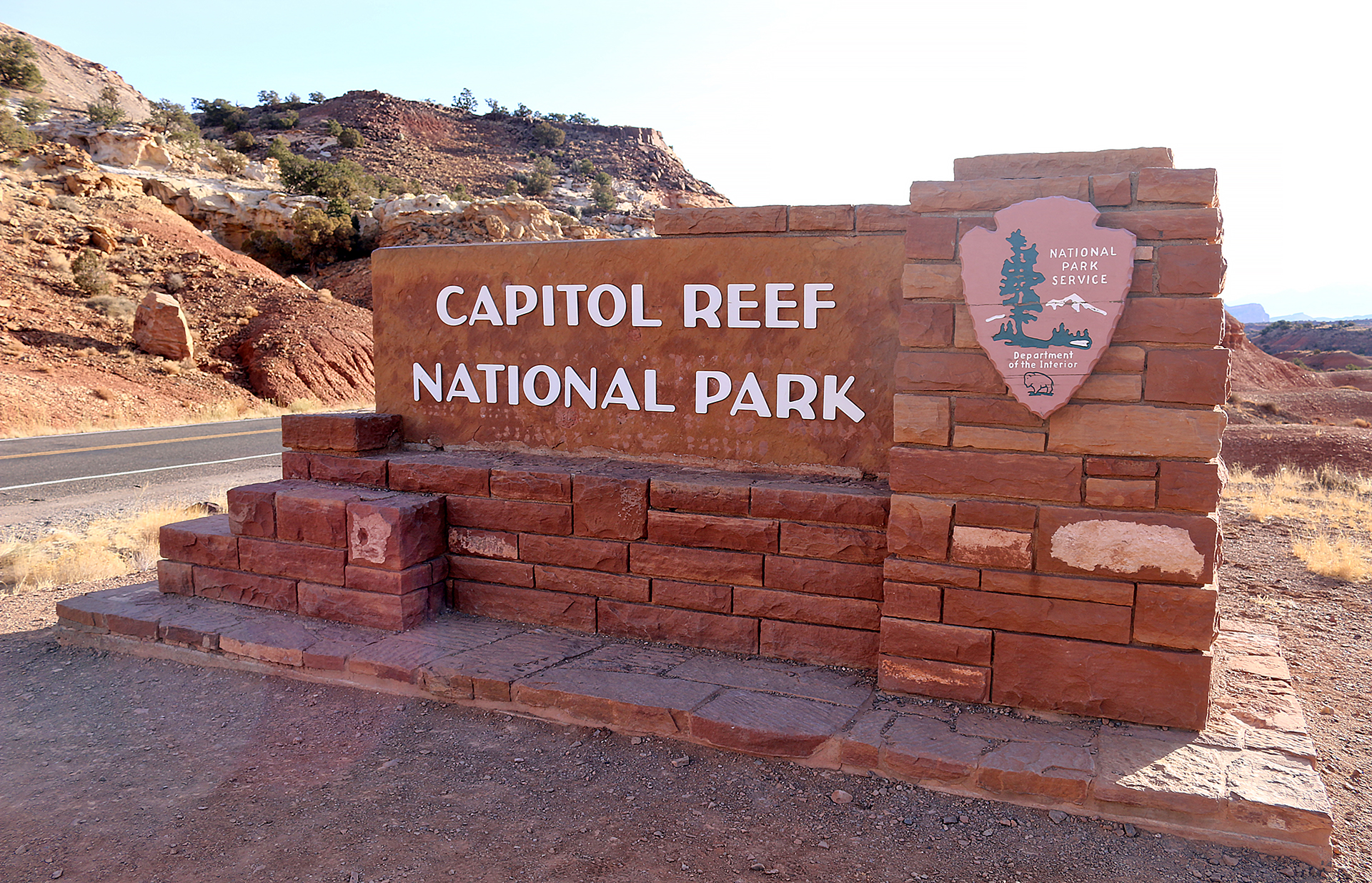Note: This article was originally published on Tuesday, June 16, 2015 at 7:26 in the evening and has been updated.
The trend to charge foreigners higher entrance fees to national parks and monuments in many countries seems to continue to grow. Should attractions in the United States charge different fees for non-residents?
Should Attractions in the United States Charge Different Fees for Non-Residents?

In my travels since originally posting this article exactly ten years ago, I have noticed that that trend does still indeed seem to be true. One of many examples is when I was in Egypt in June of 2015, where the disparity between the entrance fees of attractions for foreigners versus Egyptians could be significant. One of many examples in Egypt alone was the ticket cost to the Supreme Council of Antiquities Museum, where the price of admission was 60 Egyptian pounds for foreigners versus only four Egyptian pounds for Egyptians — or approximately $7.84 versus 52 cents, respectively.
Today — on Monday, June 16, 2025 — at what is now known as the Egyptian Museum in Cairo, the price of admission is currently 550 Egyptian pounds for foreigners versus only 30 Egyptian pounds for Egyptians — or approximately $10.94 versus 60 cents, respectively.
Another example is that back on Friday, September 30, 2011, foreigners were reportedly charged $100.00 for admission to Galapagos National Park, while residents of Ecuador were charged a mere $6.00. The price of admission to Galapagos National Park is currently $200.00 for foreigners versus only $30.00 for residents of Ecuador.
Is that fair?

That prompted me to think about a question I asked almost fourteen years ago in this article from Friday, September 30, 2011: should attractions in the United States of America — such as national parks and monuments — charge one fee for Americans and a higher fee for foreigners? If so, should the fees paid by foreigners be a comparable amount based on what their home countries charge American citizens for access to their national parks and monuments — similar to reciprocal fees such as those charged between the United States and Brazil?
“It is all a matter of demand and supply”, posted FlyerTalk member cbn42 back on Wednesday, September 28, 2011. “If you want to attract foreign tourists (who then stay in hotels, eat in restaurants, and keep the economy running), then charging them more is not a good plan. But American tourists, who tend to be wealthier than say Ecuadorians, are not going to be deterred by a $100 admission fee.”
A differential in pricing between residents and foreigners could also be seen as petty and discriminatory and possibly discourage tourism in the United States; but would that matter if the costs were reduced for American citizens versus increased for foreigners?
“Of the more than four hundred national parks in the National Park System, just over a hundred parks charge an entrance fee”, according to the official Internet web site of the National Park Service of the United States, from which an announcement was released pertaining to the increase of entrance fees to some national parks in the United States in 2015. The National Park Service collected approximately $180 million annually through fees back in 2015 and had hoped to raise $45 million more through all the fee increases. The National Park Service currently collects almost $350 million annually through fees in 2025.
Final Boarding Call

If an admission fee or other fee is to be charged, I believe that every adult person should pay the same fee — regardless of residence. Some exceptions to that policy may be considered; but a uniform fee is simply easier.
What are your thoughts? Have you encountered differences in pricing and costs for foreigners versus citizens in other countries during your travels? Is this a practice which attractions in the United States should consider implementing — or is it simply a bad idea?
All photographs ©2015 and ©2020 by Brian Cohen.

